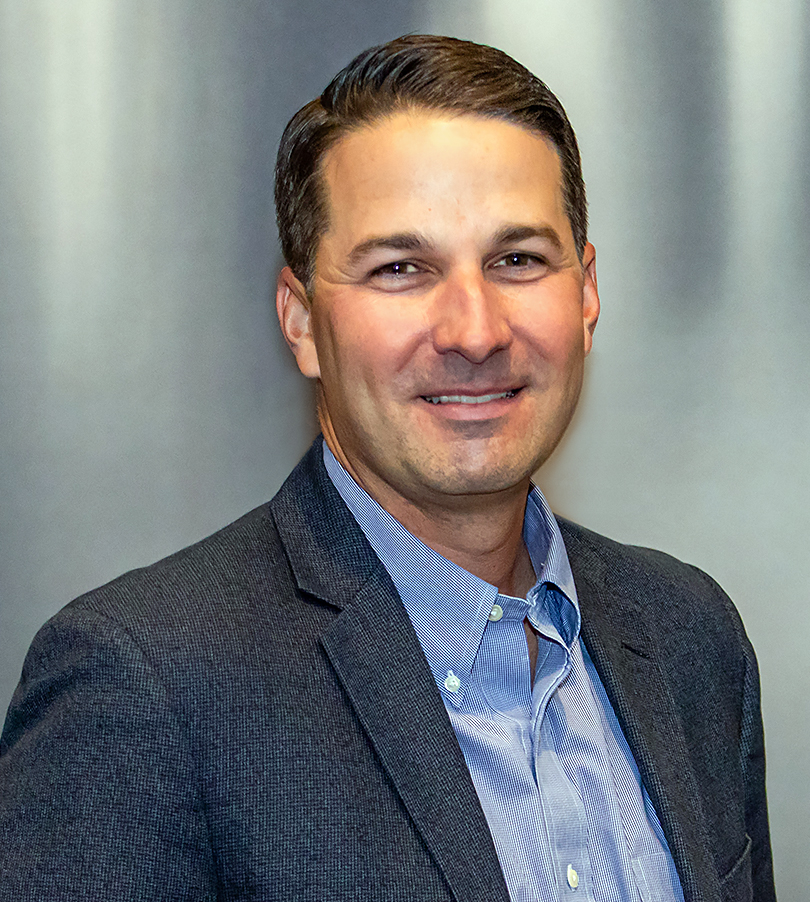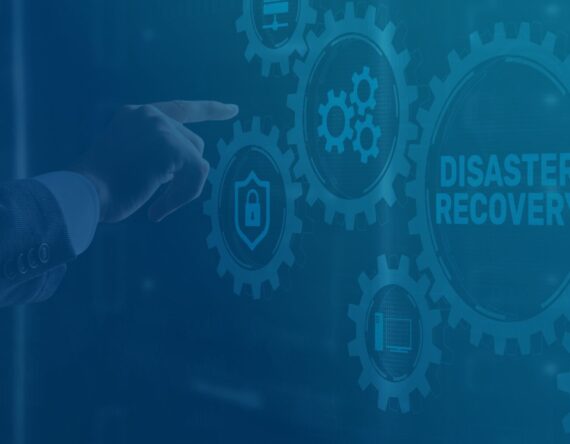Natural disasters, while undoubtedly disruptive and damaging, can serve as powerful catalysts for organizational transformation if approached with foresight and strategic intent. As we’ve explored, successful post-disaster recovery begins with preparation, compliance, and the prevention of fraud, waste, and abuse (FWA). But beyond these crucial measures, leaders and risk managers should not overlook the opportunities that arise from these challenging situations to “build back better” and reduce the impact of the next catastrophic event.
The “build back better” approach, initially spotlighted during the Aceh, Indonesia reconstruction after the 2004 tsunami, emphasizes restoring communities and assets in a way that reduces vulnerability to disasters and strengthens resilience. Successful recovery and reconstruction demand stakeholder commitment, strong institutional frameworks, and integration of disaster risk reduction measures. However, simply planning ahead is not enough.
The Hyogo Framework for Action, established to reduce the impact of disaster risk between 2005 and 2015, warns that while many countries had incorporated disaster risk reduction in their recovery plans, they faced challenges during the implementation process. Businesses should pick up on these lessons learned. Taking action in the aftermath of a disaster is essential to sustainable recovery and ensuring an organization can build back stronger than they were before.
Conduct Post-Event Debriefs
Debriefing sessions should become standard practice in the aftermath of natural disasters as they are not mere post-mortems but rather strategic forums for reflection and growth. These sessions facilitate the identification of control weaknesses and opportunities for improvement. Through collaborative engagement with stakeholders, organizations can enhance their resilience while fostering transparency and effective communication. The insights gained from these discussions pave the way for informed decision-making by identifying lessons learned to be implemented and mitigate the risk of impact for future risk events.
Maintain & Update Internal Records
Following a debrief in the aftermath of a disaster, action should be taken to address lessons learned. When addressing insight gained from an event, system updates may be required in addition to maintaining and revising internal processes, audit procedures, and risk assessment strategies to ensure better preparedness for future disasters. It is imperative to review policies and procedures in the aftermath of a disaster in order to ensure the completeness and effectiveness of the original guidelines.
Maintaining up-to-date and comprehensive records is not only essential for assessing the financial impact but also for documenting lessons learned and preparing for the next disaster. Organizations should invest in robust digital storage solutions, ensuring critical data is readily accessible for audits, compliance, and future reference.
Were some vendors difficult to communicate with or work with? Were there resources that the organization needed that they did not plan for? Were there any missteps that are avoidable next time? These are critical questions to answer when reevaluating disaster readiness.
Identify Control Weaknesses & Enhance Disaster Risk Assessments
A natural disaster can reveal previously overlooked vulnerabilities. Disaster risk reduction (DRR) is essential to understanding an organization’s unique risks and ensuring the effectiveness of controls in place. Organizations should evaluate the specific risks associated with the disaster and broader threats, such as economic downturns or supply chain disruptions. Scenario analysis is essential to better understanding an organization’s unique risk and can be leveraged to foster risk-based discussions with stakeholders.
More importantly, reperforming a risk assessment following a disaster allows an organization to understand their inherent and residual risks while identifying control weaknesses. Through control enhancement, the impact of a future risk event can be more effectively mitigated.
Seize Opportunities for the Long Term
In the wake of a disaster, there is typically a surge in demand for construction and reconstruction services. Earlier in this guide, we highlighted FWA mitigation tactics for such a period. However, there are also opportunities for risk resiliency for the long-term. By taking advantage of reconstruction and fortifying an organization’s operations, business can be future proofed for forthcoming disaster related events.
Whether you’re preparing, amid, or recovering from the latest natural disaster, by understanding the opportunities and taking action, you can not only navigate the challenges but also emerge stronger and more resilient. Each disaster provides a unique chance to learn, adapt, and improve.
Taking steps before, during and after can mean the difference between a successful recovery and closing an organization’s doors forever. Don’t wait—find opportunities today to create organizational resiliency for the long-term.
This is Part Three in a Three-Part Series, “Risk Awareness and Mitigation in Disaster Recovery: Before, During and After a Catastrophe.” Return to the start of the series here.
Victoria Albanese contributed to this series.








